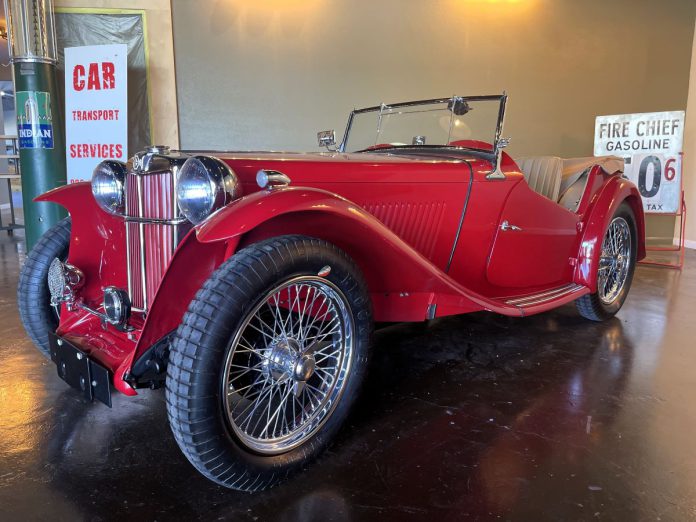Some people don’t respect cars that are seen and not driven. I’m not one of those people — who am I to say anything how someone treats his personal belongings? If someone wants the best in the world, let him/her display it and I’ll be only too happy to ogle.
But I do enjoy driving, so I have selected several cars from AutoHunter that would make good drivers. Which one would you pick if you had a choice of the keys?
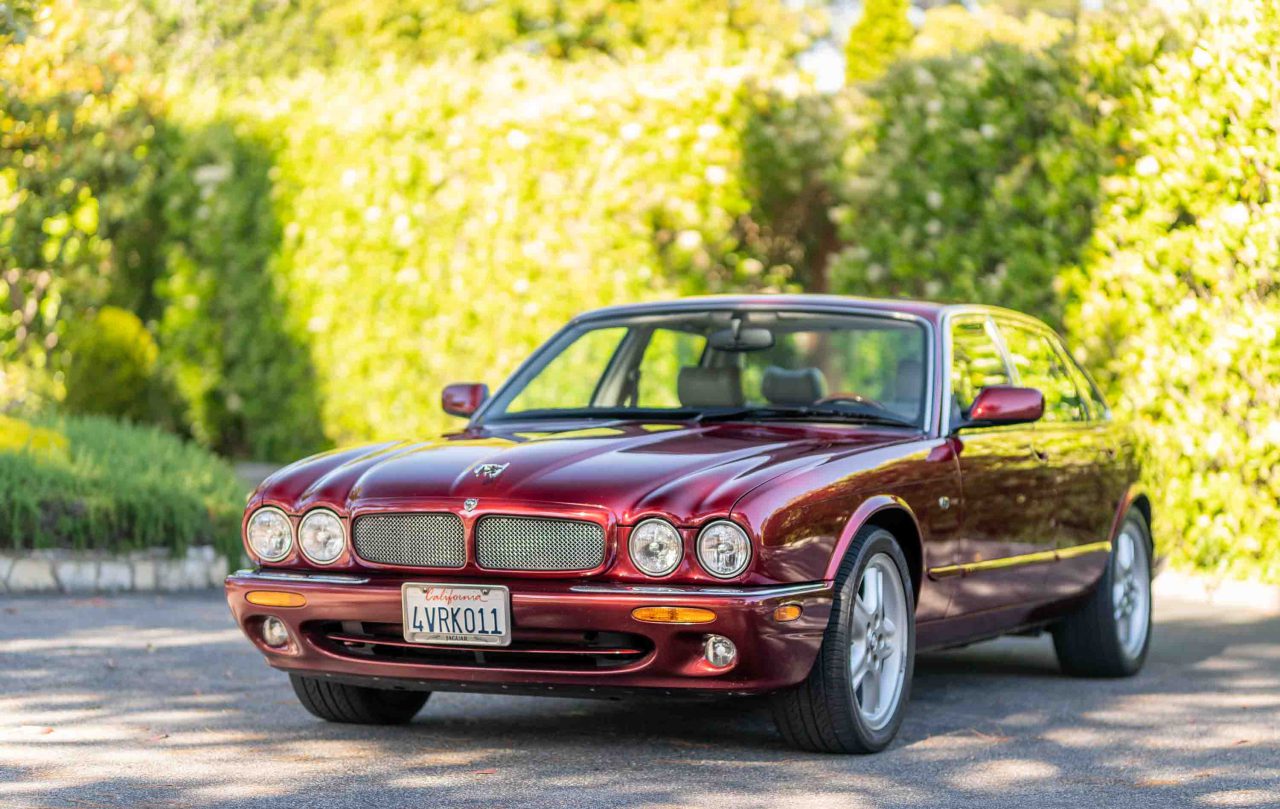
1998 Jaguar XJR
The original 1968 Jaguar XJ saloon was a historic vehicle, and it rode into the Malaise Era quite well. By the time the 1986 redesign came, the market had changed so much that it appeared stale compared to the all-new BMW 7-series, if not the 1989 Lexus LS. Then, for 1995, Jaguar facelifted the XJ to resemble the original, which was not a bad way to go.
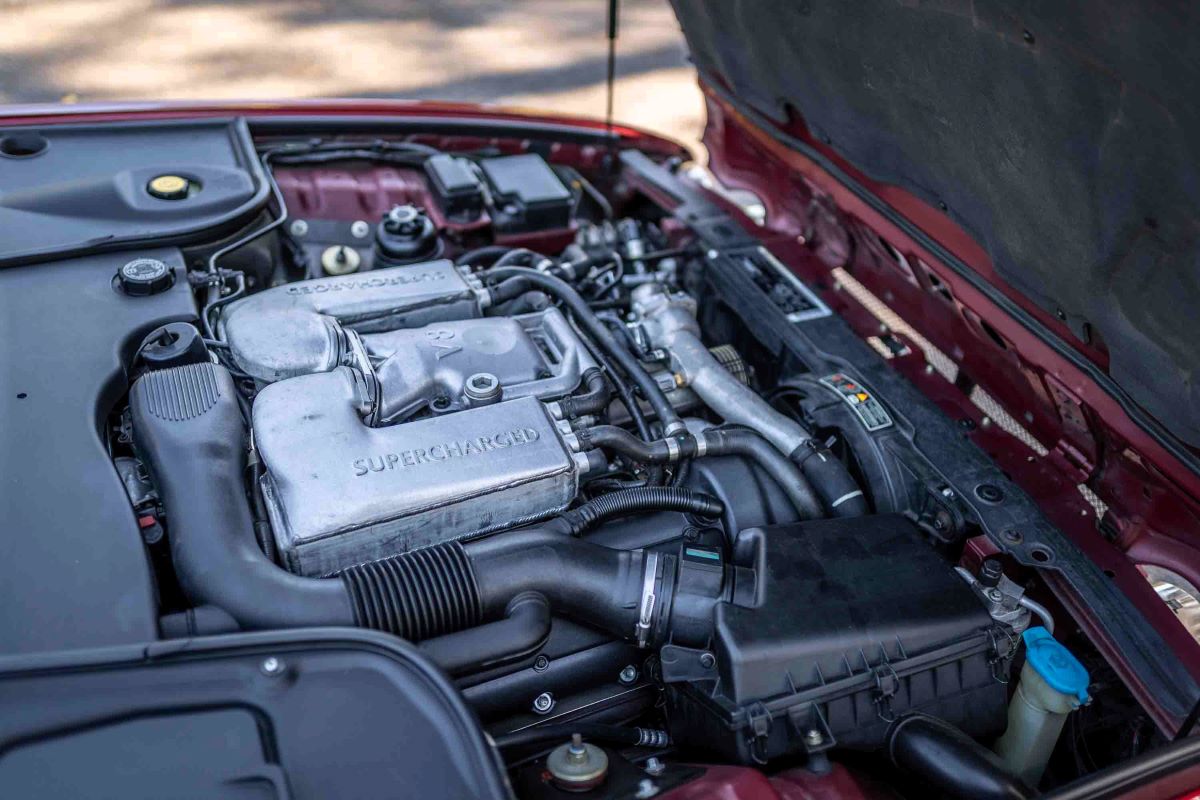
The XJR was the performance model of the series. It features a supercharged 4.0-liter V8, sport suspension, bigger wheels and meatier tires, body-colored grille surround, and mesh grille, among other features. With 370 horsepower and a burble that makes this American’s heart a-flutter, this Jag is a lot of car for the money, with style and comfort in spades.
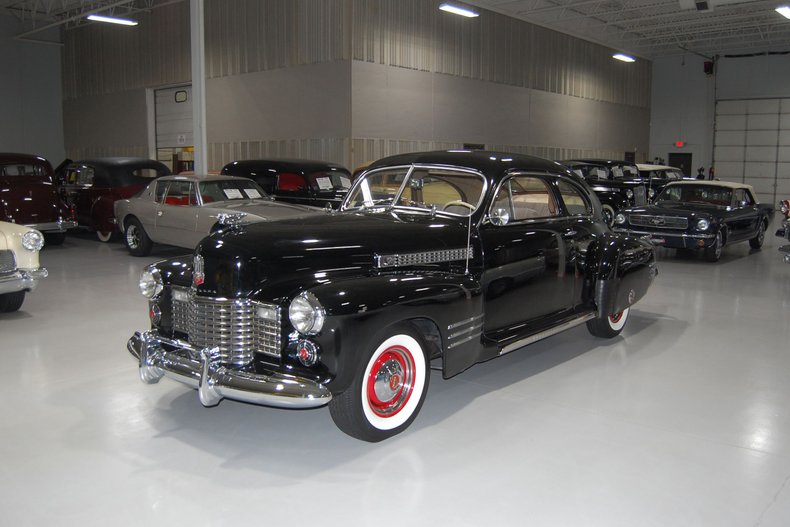
1941 Cadillac Series 61 Five-Passenger Coupe
The V16 was no more, leaving Cadillac with just V8s for 1941 for the first time since 1929. The LaSalle also was no more, with the Series 61 taking its place as an entry-level Caddy priced closer to Buick’s Roadmaster series. The massive, integrated style was all-new, a reflection of the trend in the new decade — style that would carry Cadillac through 1947 (and 1949 for the Fleetwood Series 75).
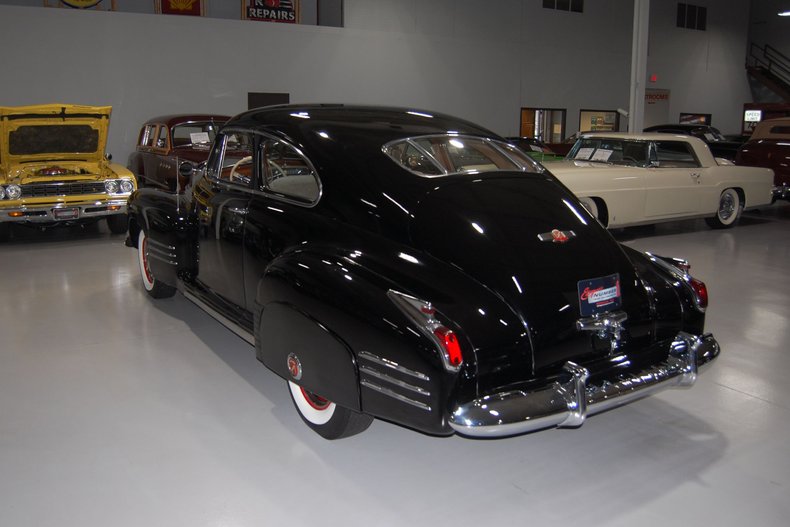
This 1941 Cadillac Series 61 Five-Passenger Coupe has had a frame-off restoration and is powered by a 346 V8 backed by a three-speed manual (Hydra-Matic became an option in 1941). The fastback roofline looks sporty in an era that little sport about it. Features include some mechanical updates for more reliable drives to and fro, which is something that adds value to those who get bored staring at cars with dead batteries.
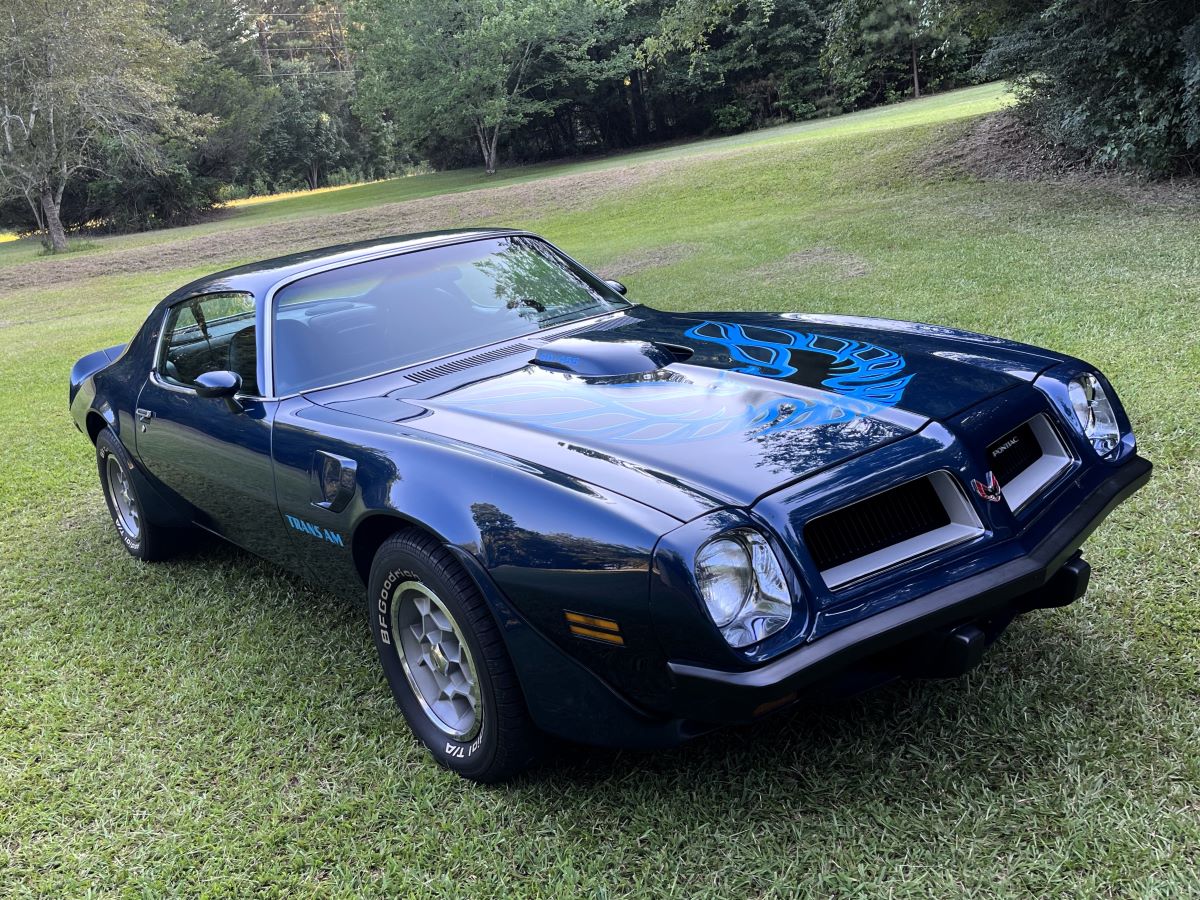
1974 Pontiac Super Duty Trans Am
The second-generation Firebird received its first facelift in 1974. Though history favors the snub-nosed version more, Pontiac nonetheless did a fine job, especially in an era of clumsy regulation bumpers. The Trans Am was also updated, now featuring a standard 400 (a 455 had been standard since 1971) and a new color palette that included Admiralty Blue.
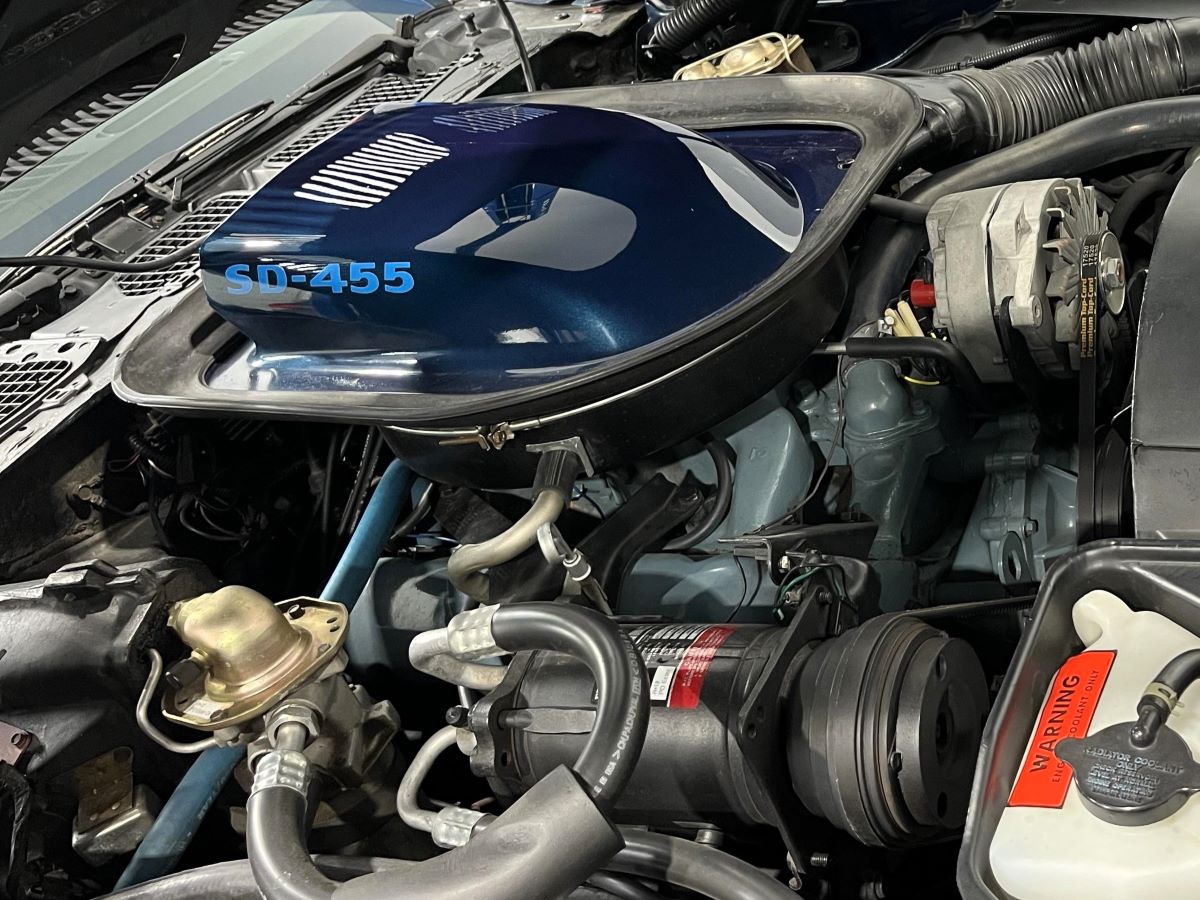
This 1974 Trans Am is an authentic Super Duty 455 car as evidenced by the “X” in the fifth character of the VIN. What makes this one interesting is that a TREMEC five-speed has been added, giving this Firebird a more satisfying driving experience. Inside, this vehicle features the Custom Trim Group bucket seat upgrade. Add the Honeycomb rims and this Trans Am looks offers plenty of eye candy with equal parts driving enjoyment.

1947 MG TC
I’ll be honest: small British sports cars don’t interest me. The styling doesn’t pique my interest at all, but a bunch of servicemen who discovered these vehicles overseas during the war learned that driving could be fun. They brought some of these back to the U.S., then the manufacturers started to sell these officially in our market, spreading the love affair. Without this car, maybe there wouldn’t be a Corvette.
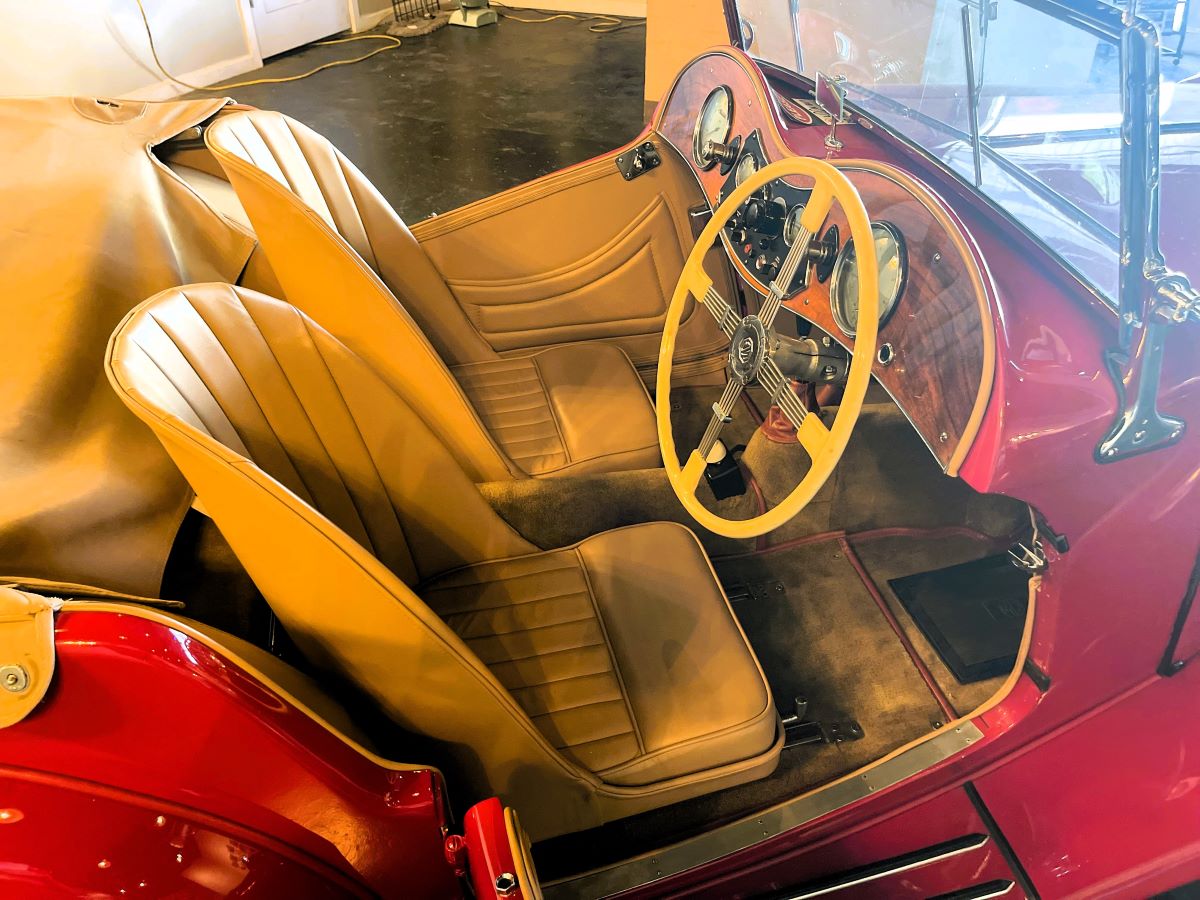
Thanks to that history, I’d totally get into this 1947 MG TC and see what the hubbub was about, Bub. This one was restored 10 years ago and features a 1.3-liter four with a four-speed transmission. I imagine comfort would be difficult for a six-footer, but I’d be happy to learn the hard way. Plus, I absolutely love convertibles, so I’m totally game learning about the charms that the Brits already knew.



